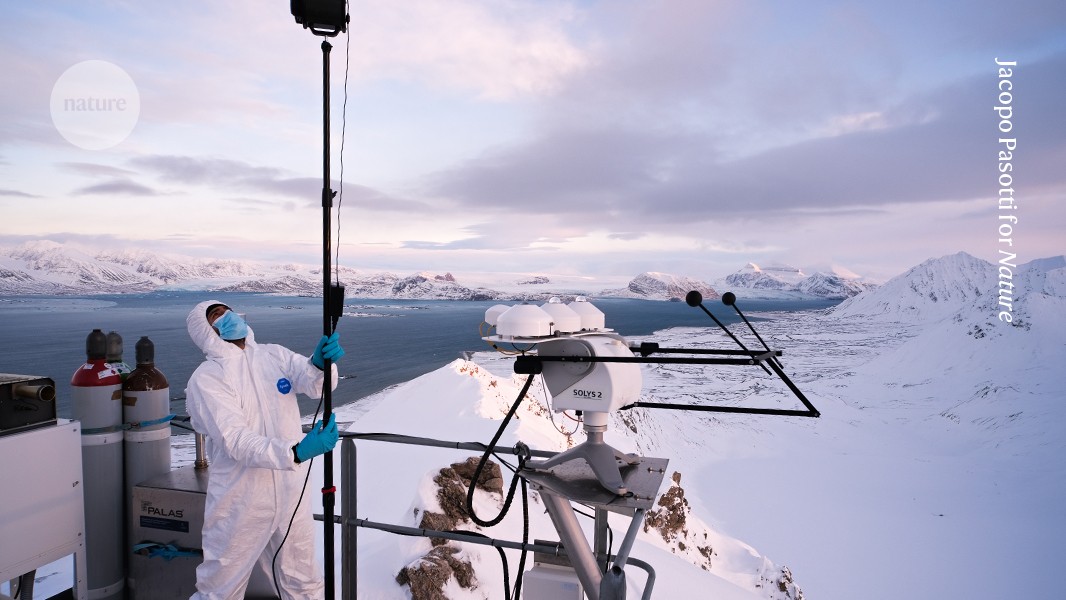Ice society: looking for life at unlikely altitudes

James Bradley studies the microbes thriving in extremely cold environments
“This photograph, taken in February, captured the first return of the light to the world’s most northerly permanent settlement, Ny-Ålesund, on the Arctic archipelago of Svalbard, Norway.
I have been working in Svalbard for more than a decade, studying the microbial life in this extreme place. The surfaces of its glaciers, for example, are colonized by a huge diversity of microorganisms. My colleagues and I at the Mediterranean Institute of Oceanography in Marseille, France, have been learning how, by coming in and out of dormancy as the temperature fluctuates, these microbes can thrive despite nutrient shortages, low temperatures, high ultraviolet stress and a lack of liquid water.
With everything that we’ve discovered about ice microbes, we began to wonder whether an active microbial community could flourish in a similarly cold and nutrient-scarce environment: the atmosphere. A new direction in our work is to try to measure and understand the microbial inhabitants of the air. A key question is whether the atmosphere is just a dispersal mechanism for dormant cells, or whether it harbours active microbes that can grow and divide.
Enjoying our latest content?
Login or create an account to continue
- Access the most recent journalism from Nature's award-winning team
- Explore the latest features & opinion covering groundbreaking research
or
Sign in or create an account Continue with Google
Continue with Google
Nature 642, 1114 (2025)
doi: https://doi.org/10.1038/d41586-025-01972-6
This interview has been edited for length and clarity.
This story originally appeared on: Nature - Author:James Mitchell Crow


















